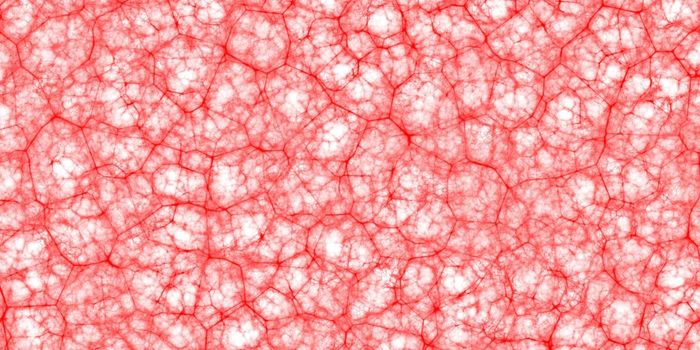Researchers use algorithm to develop comprehensive list of pediatric cancer-causing mutations
A breakthrough study published recently in Science Advances reports the creation of a list of mutations in the noncoding portion of the human genome seen across five main pediatric cancers. The list compiles potentially cancer-causing mutations that were identified using an algorithm developed by researchers at Children's Hospital of Philadelphia (CHOP).
"Noncoding mutations are very important because the noncoding portion of the genome typically regulates how genes are turned on and off, much like a control switch, which has implications for the uncontrolled growth that occurs in cancer," said senior author Kai Tan, Ph.D., Professor of Pediatrics at CHOP. "However, these regions are also challenging to study, and our knowledge about them not as developed as that of coding regions. Our computational model has identified a set of targets in pediatric cancers that we hope to study further and eventually move to clinical practice."
The algorithm, called PANGEA (predictive analysis of noncoding genomic enhancer/promoter alterations), compared over 500 pediatric cancer patients' mutations and gene expression profiles. The patients all had one of five major types of pediatric cancer, including B cell acute lymphoblastic leukemia (B-ALL), acute myeloid leukemia (AML), neuroblastoma, Wilms tumor, and osteosarcoma.
Using PANGEA, the researchers found that mutations called structural variants are most associated with cancer-causing mutations. Structural variants are regions of DNA up to 1 kilobase or larger. (Watch the video below to learn more about types of mutations that are associated with gene expression changes.) PANGEA identified 1,137 structural variants that change the gene expression of over 2,000 genes seen in the five pediatric cancers.
"Our results highlight the need for comparative analysis of both coding and non-coding mutations, which might reveal novel cancer-related genes and pathways," concludes Tan. "Identifying putative mutations is a starting point that will facilitate experimental work to validates these predictions."
Sources: Science Advances, Eureka Alert









